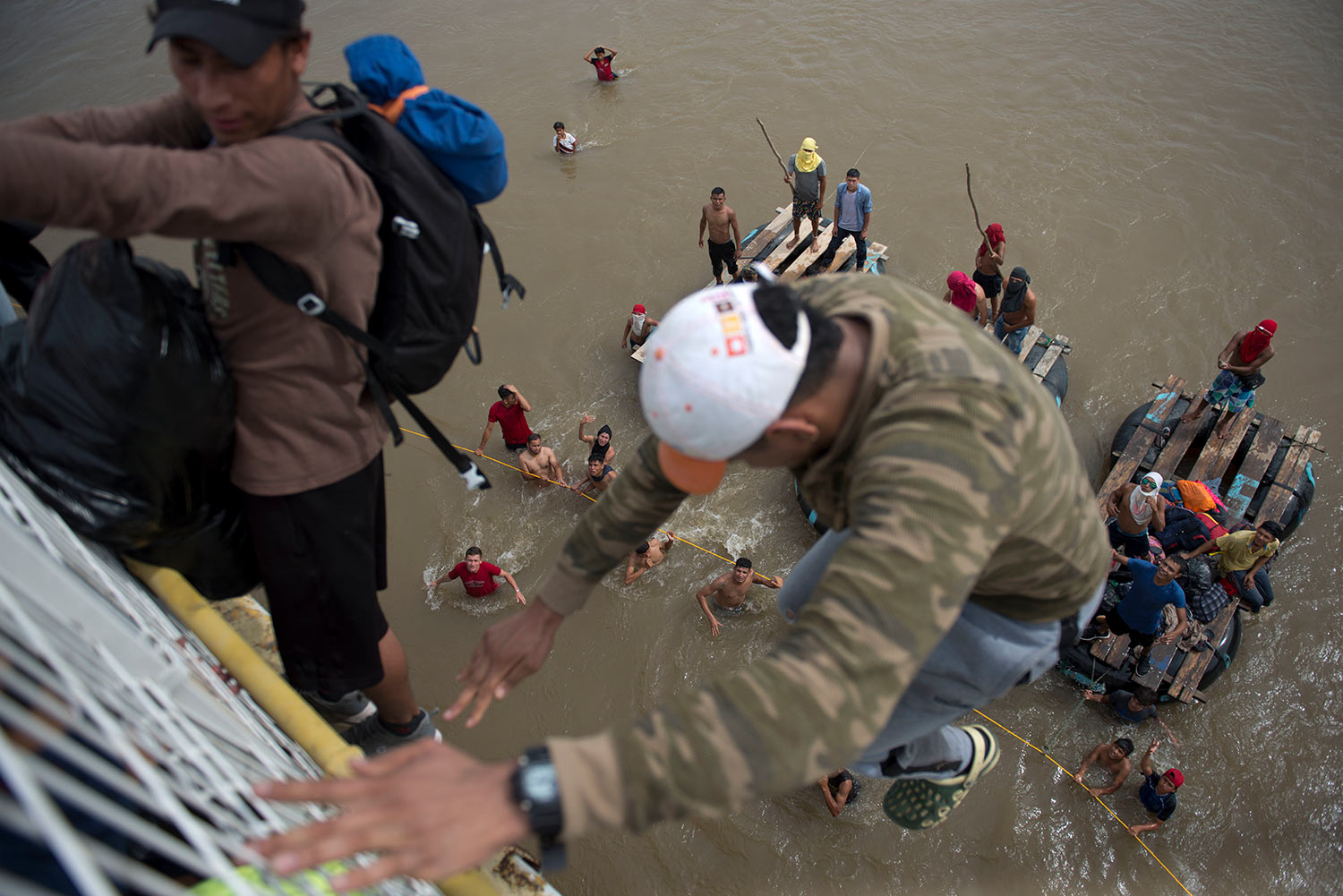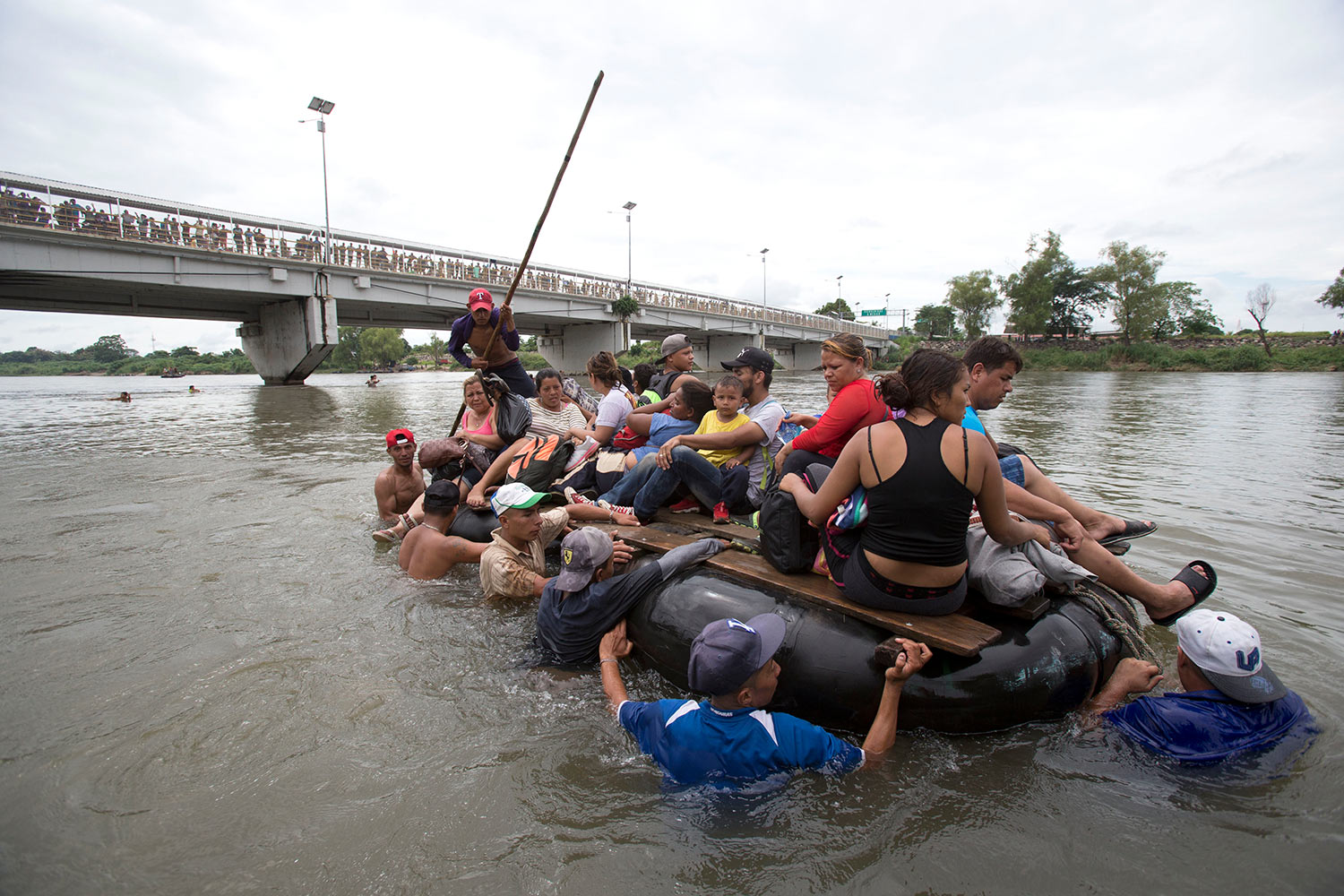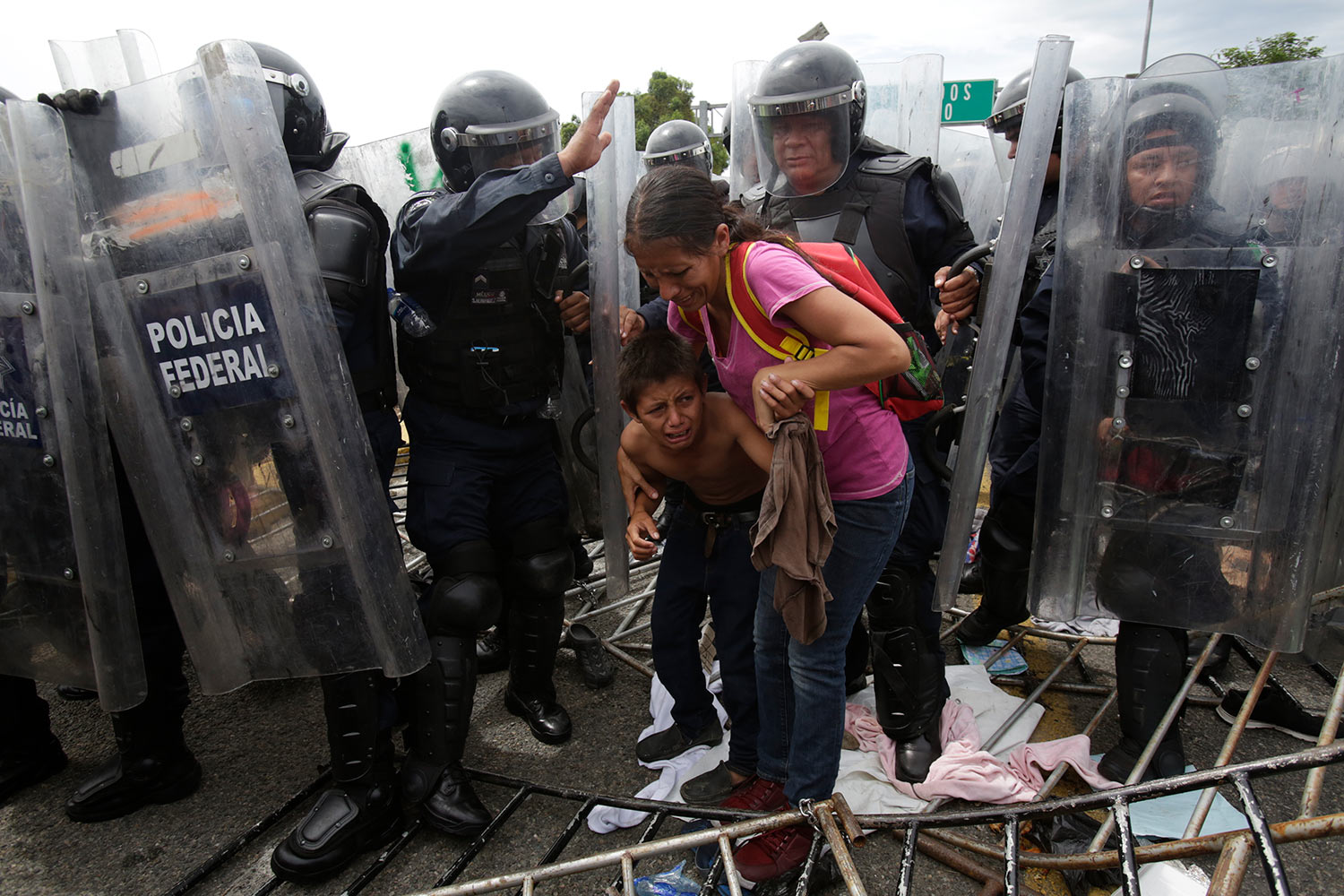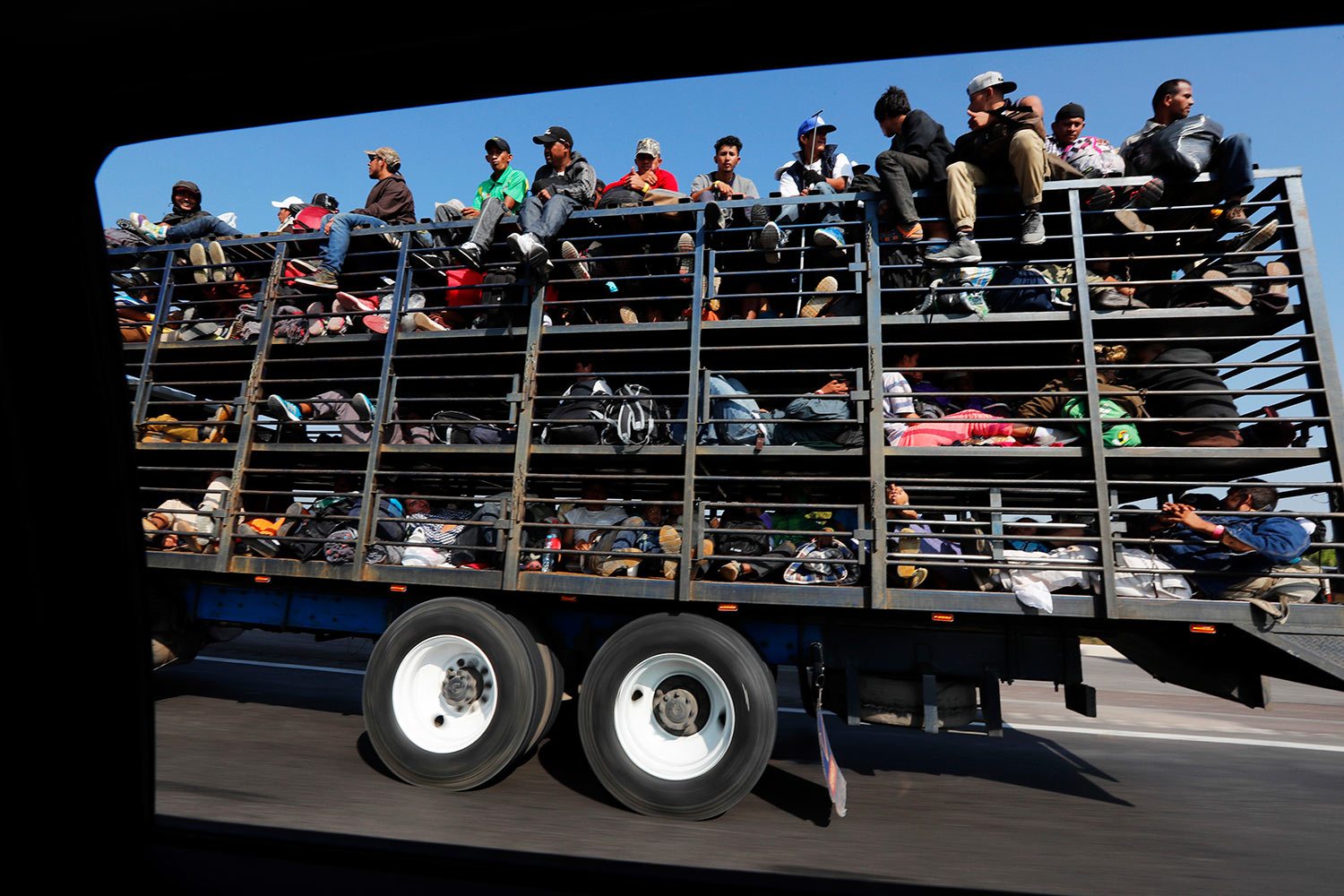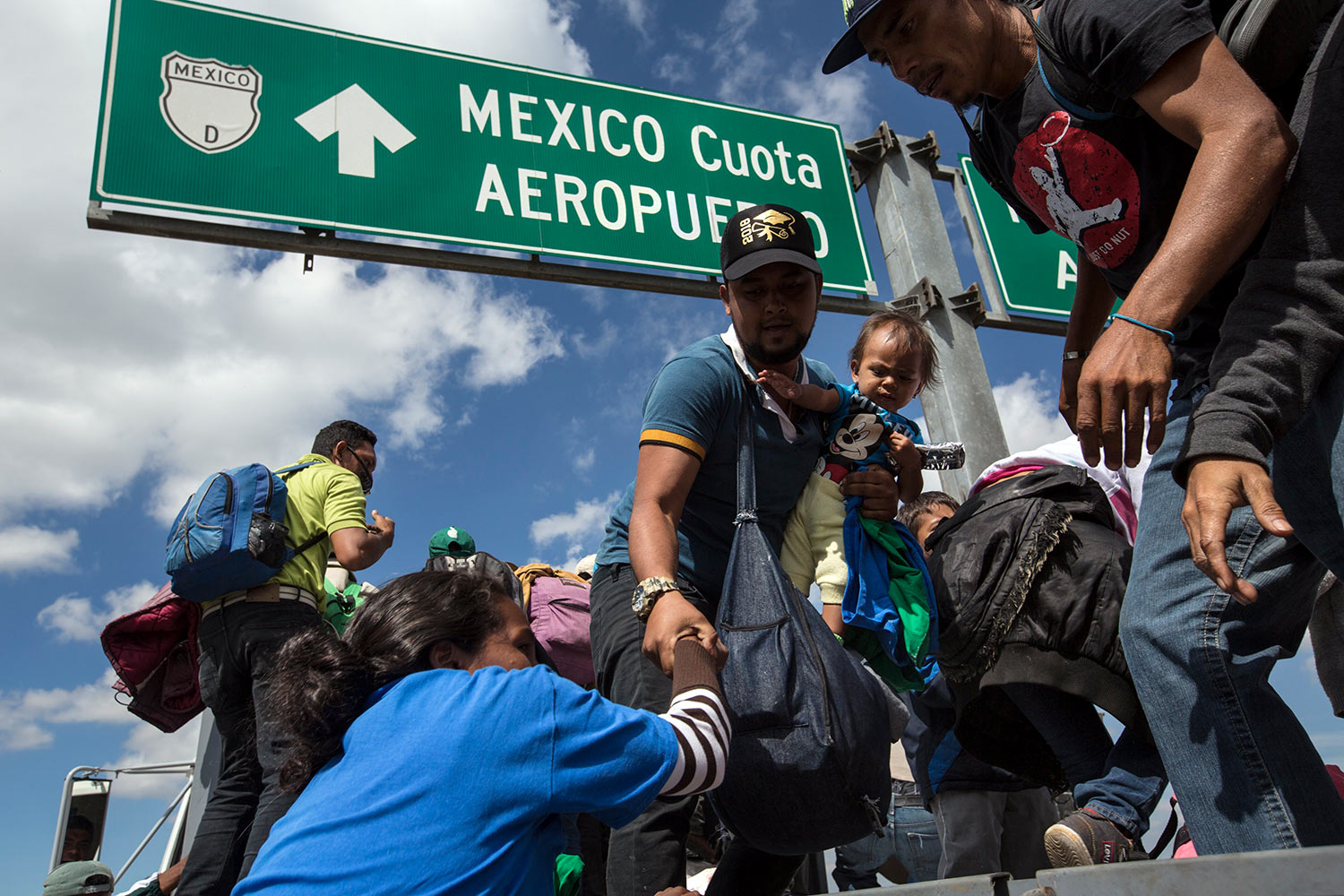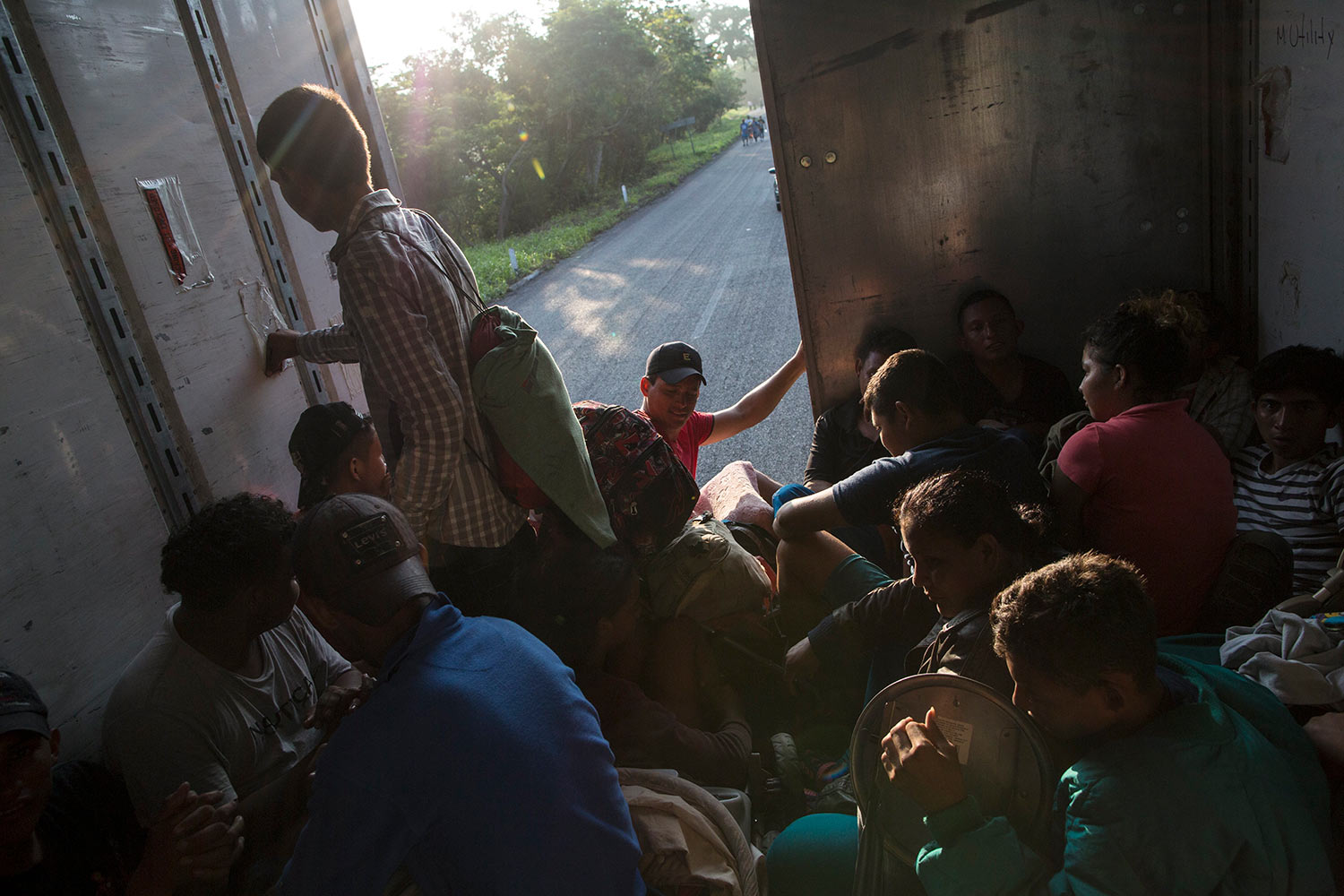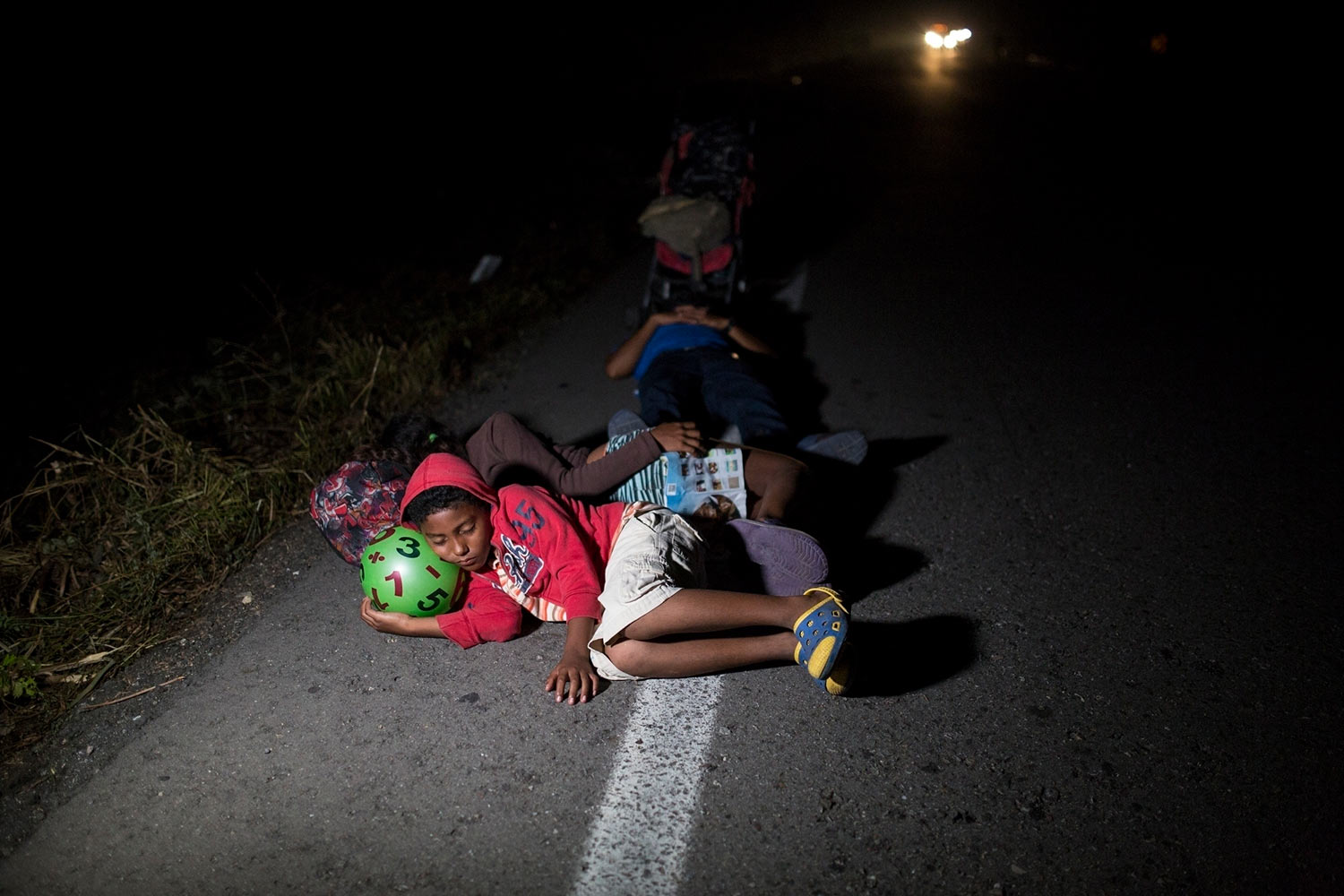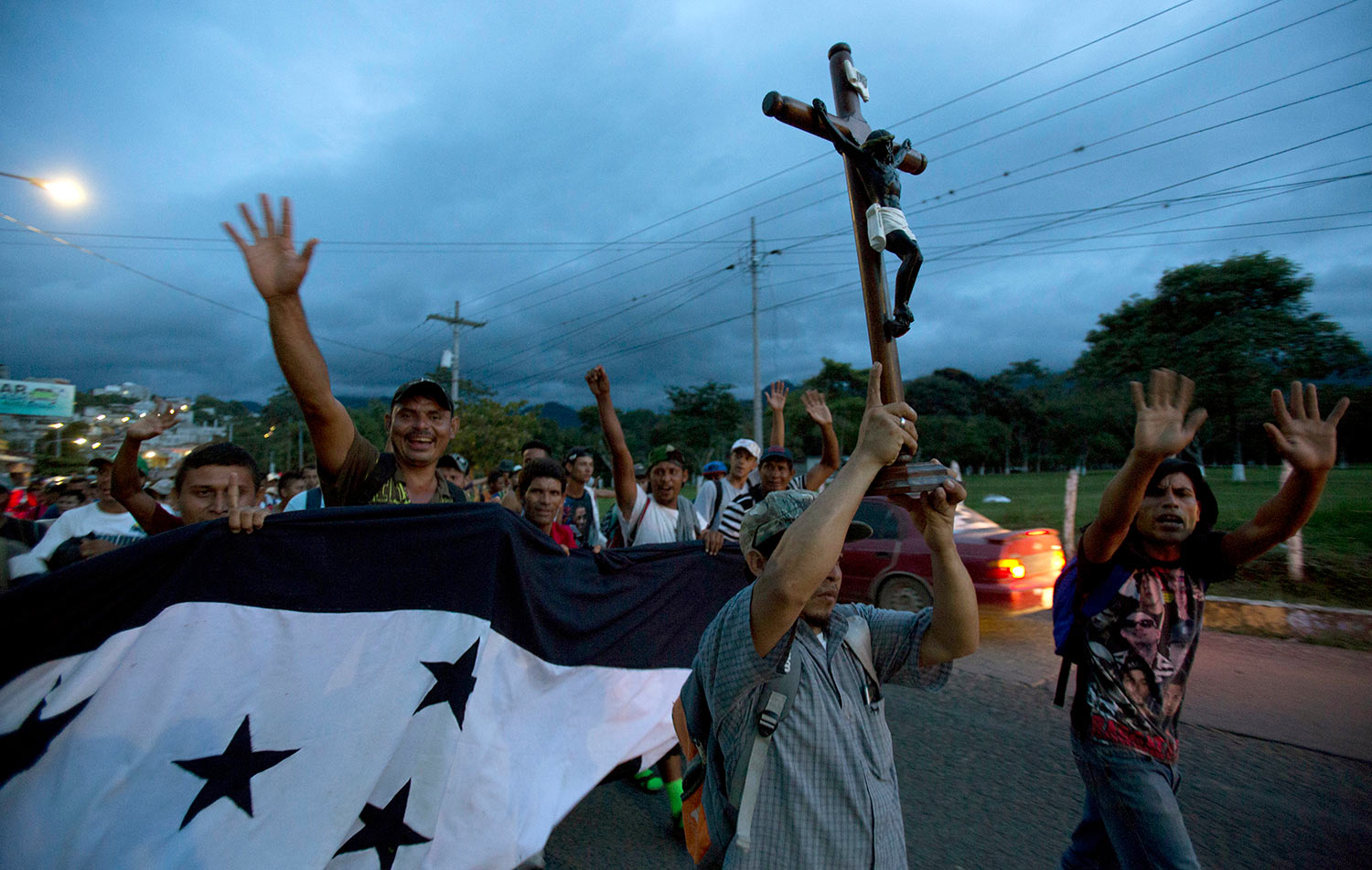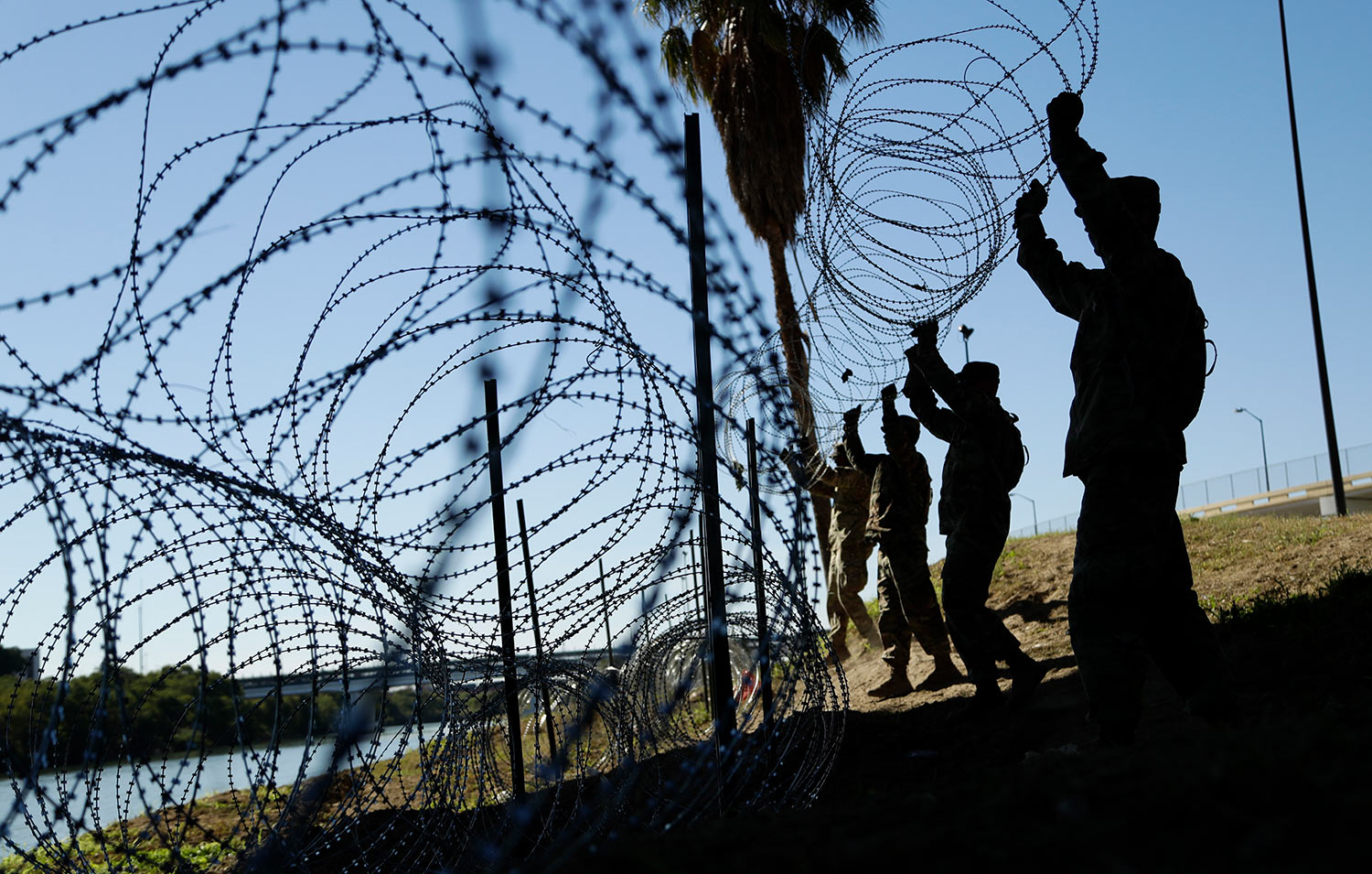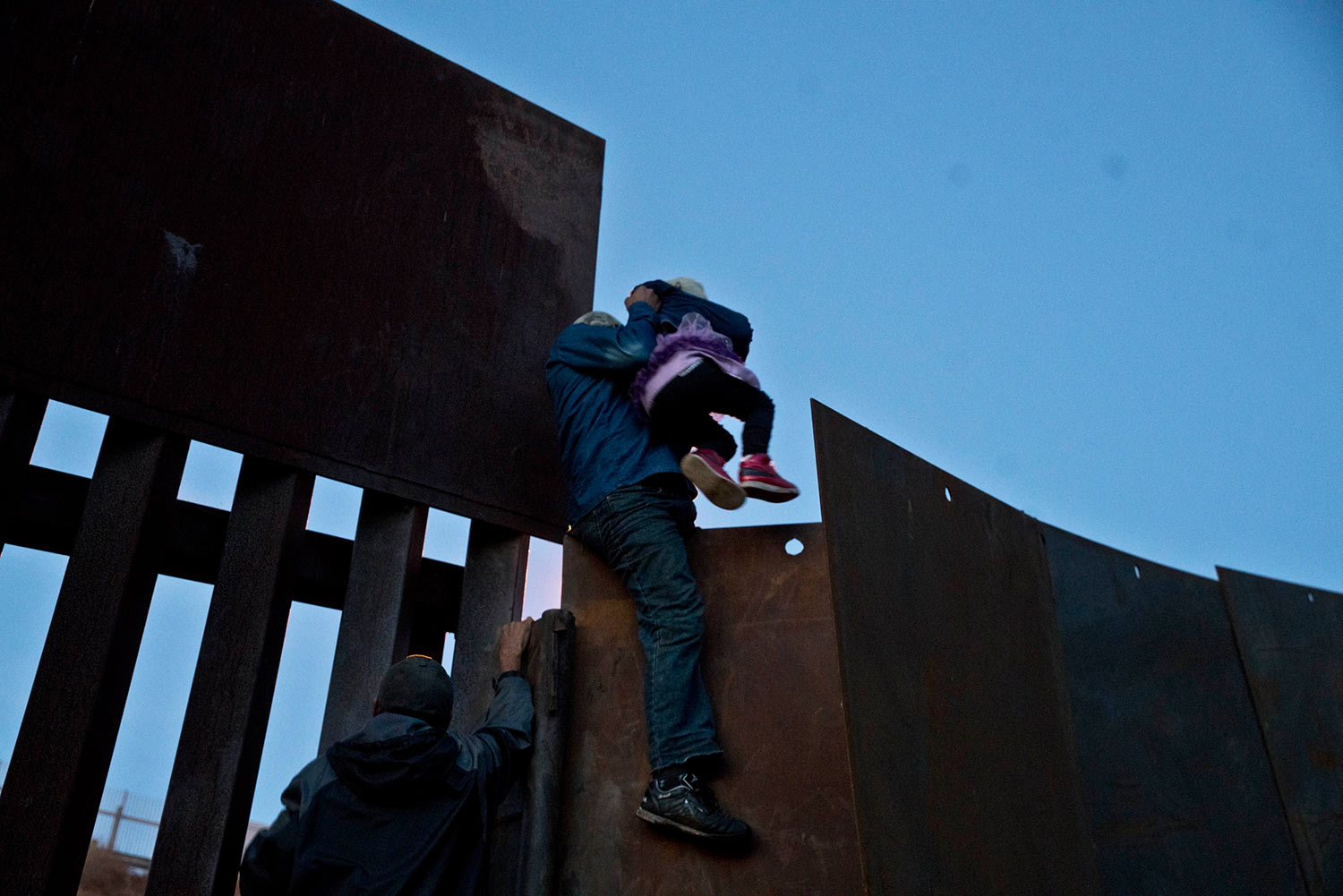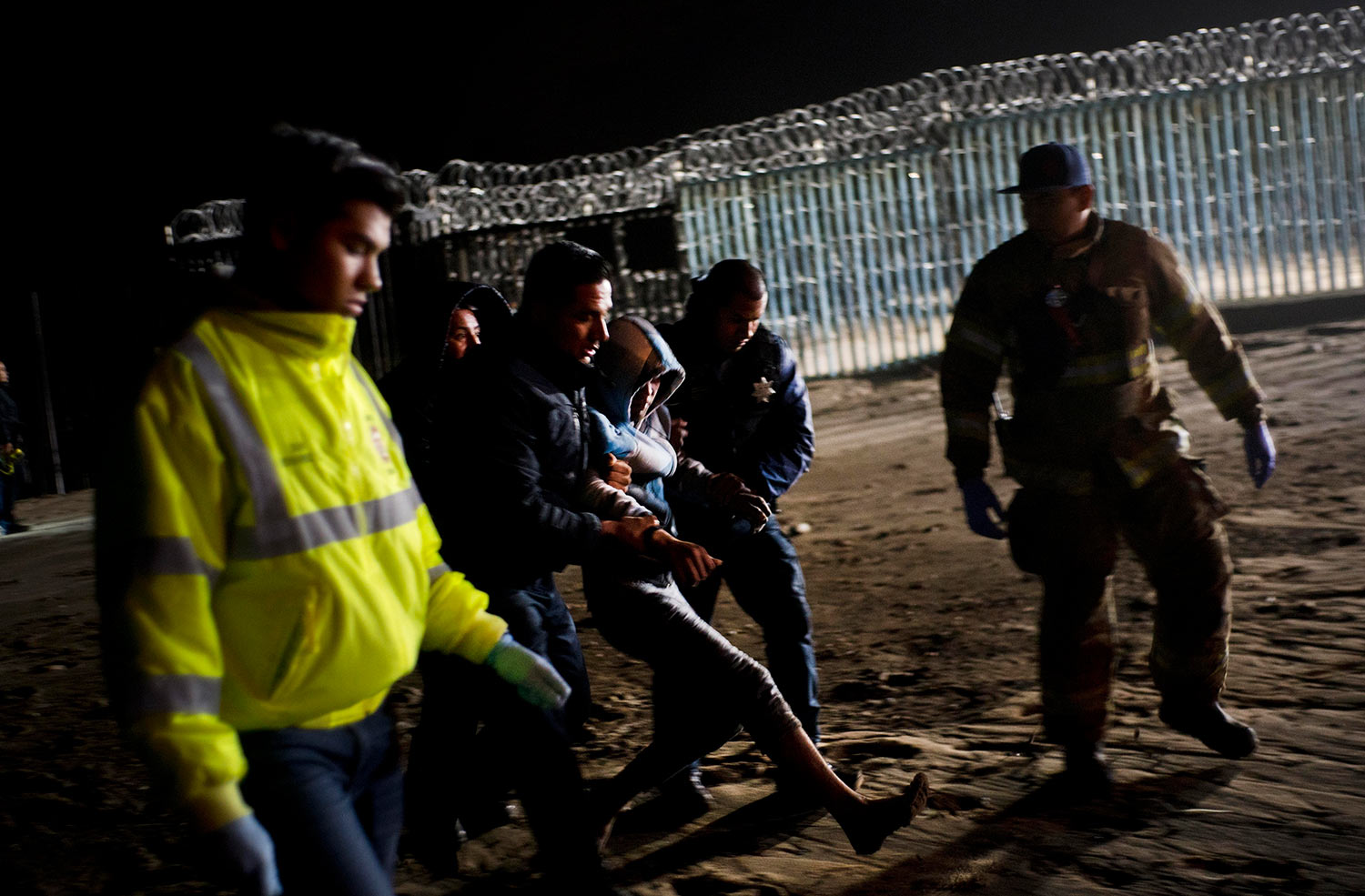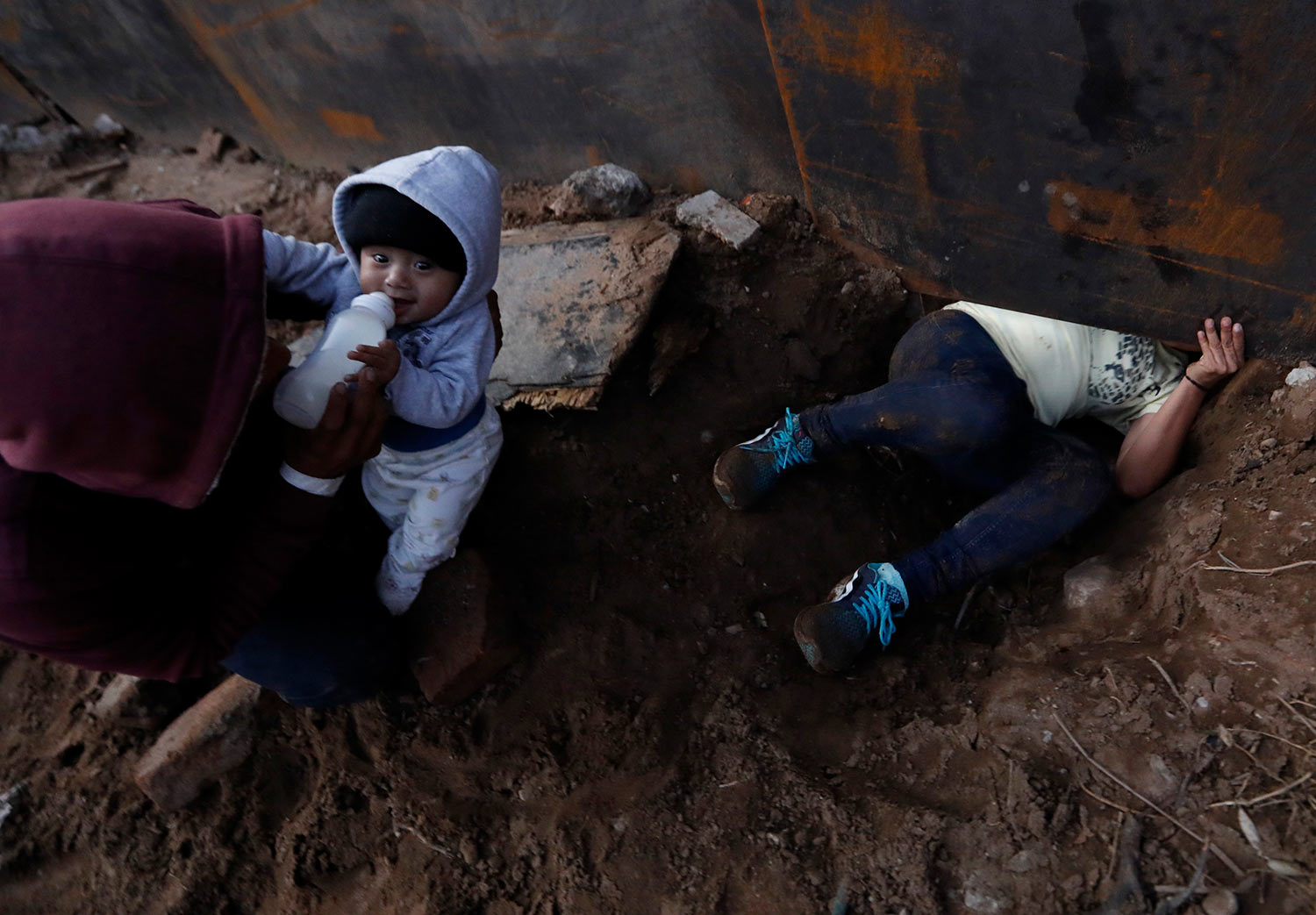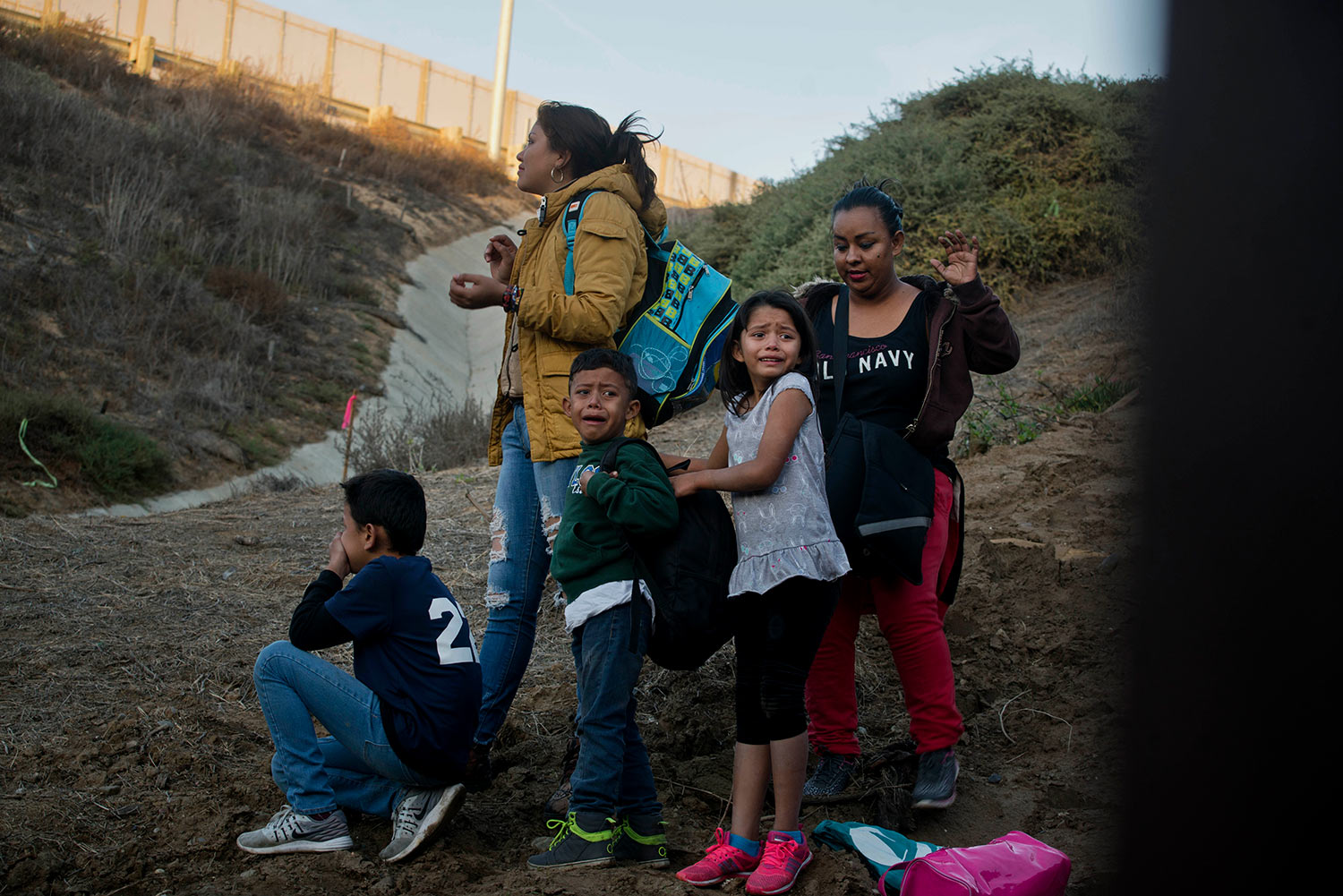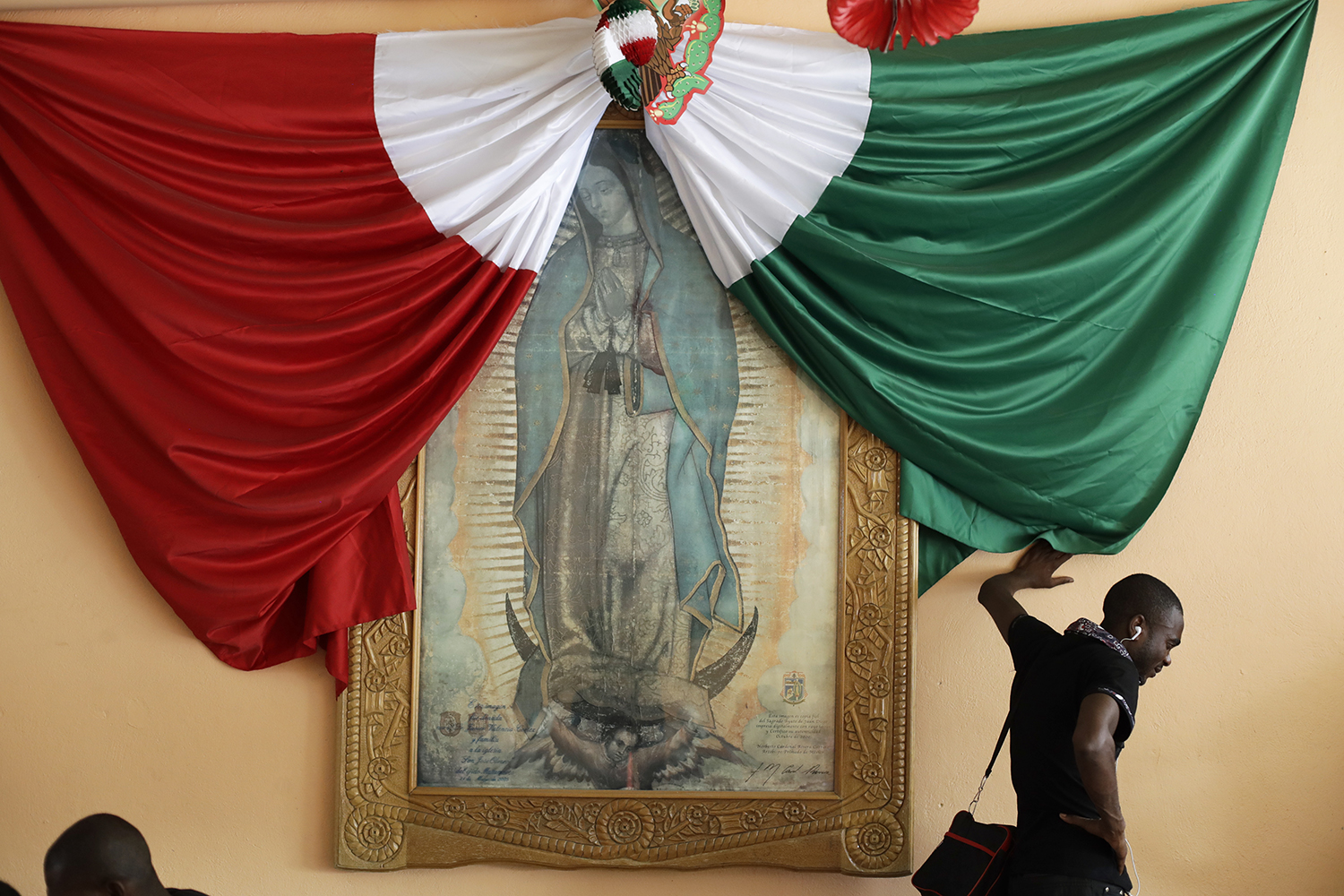Migrant caravan captured the world’s attention in 2018

For a month and half, a caravan of more than 6,000 Central American migrants captured the world’s attention as they headed for the U.S. border fleeing oppressive poverty and gang violence.
In reality their numbers equaled just a few days of the average estimated immigration flow to the United States. But by moving en masse, they protected themselves from those who would seek to do them harm along the way _ while incurring the Twitter wrath of President Donald Trump, who sought to make the caravan a political issue in midterm elections.
Far removed from U.S. politics, migrants in the caravan were more focused on getting through each grueling day. That routinely meant waking before dawn and walking or catching rides to cover the approximately 2,800 miles from San Pedro Sula, Honduras, to Tijuana, Mexico, across from San Diego.
Along the way generous but overwhelmed communities tried to keep them fed.
AP photographers documented the journey and its physical and emotional toll, as well as some of the migrants' attempts to breach the Guatemala-Mexico and Mexico-U.S. borders.
The migrants' bodies were ravaged by the long hours trudging through heat and cold, as well as respiratory infections that spread easily among an exhausted population living in close quarters. Children, as is often the case, suffered the most. Families carrying, coaxing and pushing sick or exhausted kids along rural highways resulted in some of the most indelible images.
Since early December most of the migrants have been stalled in Tijuana as U.S. authorities slowly process asylum claims that were backlogged in the thousands even before the caravan arrived. Many are facing wait times of months for an opportunity to request asylum in the United States, while others are finding jobs and trying to settle in Mexico.
With part of the U.S. government shut down over Trump's insistence on funding for a border wall, their future and that of those following behind remains uncertain.
Visual artist and Journalist

